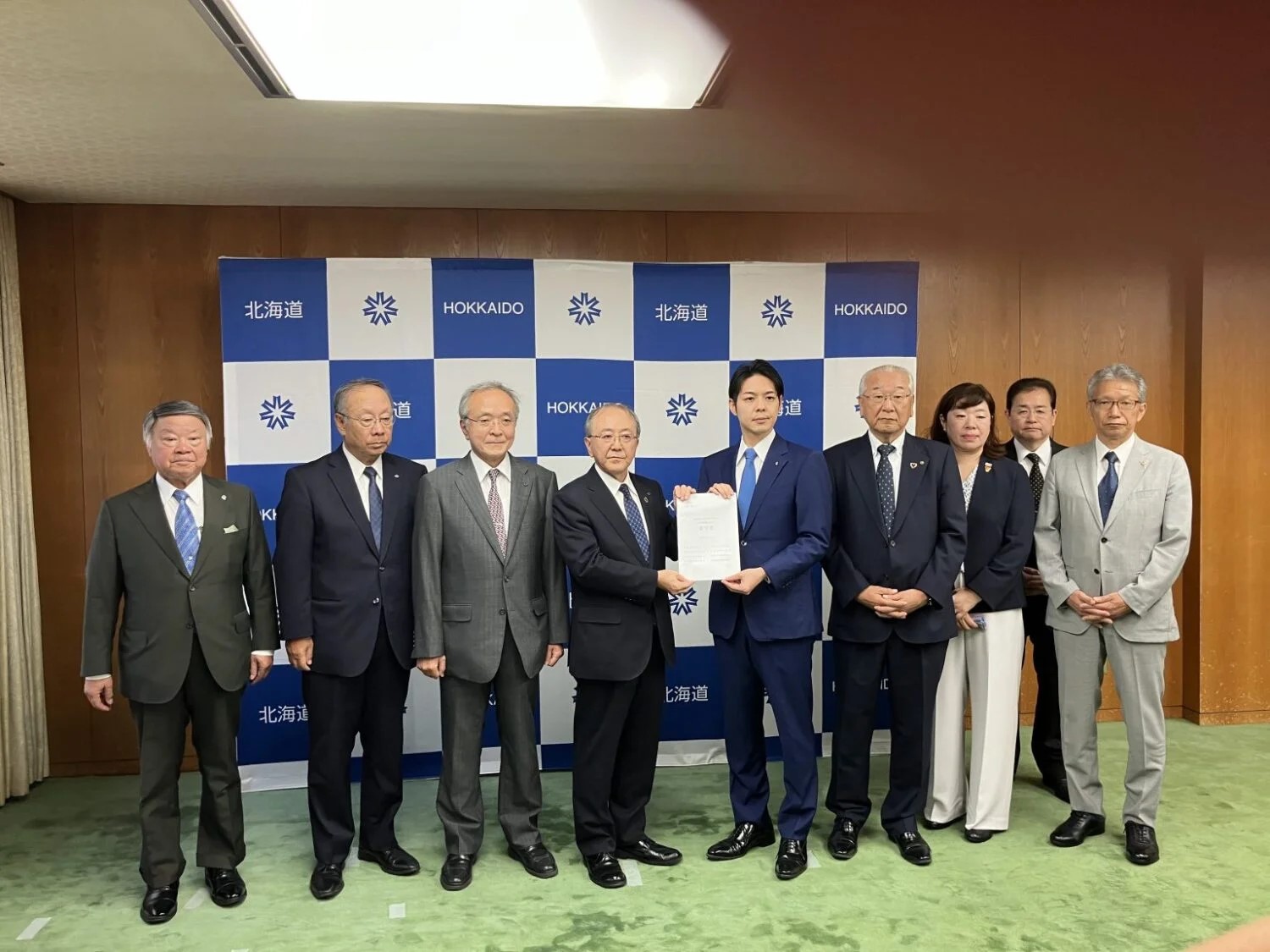Consequently, the number of commercial NPPs officially in service in Japan stands at 42. The decision is in line with regulations limiting the operational periods of reactors to 40 years in principle, enacted in the wake of the accident at TEPCO’s Fukushima Daiichi Nuclear Power Plants.
Ikata-1 is the sixth unit recently designated for decommissioning, following Mihama-1 and -2 (Kansai Electric Power Co., Fukui Prefecture), Genkai-1 (Kyushu Electric Power Co., Saga Prefecture), Tsuruga-1 (Japan Atomic Power Co., Fukui Prefecture) and Shimane-1 (Chugoku Electric Power Co., Shimane Prefecture).
Shikoku Electric Power will formulate a decommissioning plan and submit it for approval to Japan’s Nuclear Regulation Authority (NRA). It will then proceed with the decommissioning, including dismantling the reactor, over the course of some three decades, at an estimated cost of approximately JPY40 billion (USD370 million at USD1=JPY108).
Having begun commercial operation in 1977, Ikata-1 is a pressurized water reactor (PWR) with an output of 566MWe. Facing costs of some JPY170 billion (USD1.57 billion) for safety measures required to extend its period of operation, Shikoku Electric Power instead decided in March to decommission the unit, reporting that decision to the relevant municipalities.
Intending nevertheless to maintain the Ikata as its primary generation site, the company is working to restart the Ikata-3 (PWR, 890MWe) at the end of July.
Ikata Town estimates that as a result of decommissioning the Ikata-1, its annual grant from the national government for measures for electric power source siting will be reduced by some JPY300-400 million (USD2.78-3.70 million), from the approximately JPY1.3 billion (USD12 million) that it receives now.
At the end of April, four power companies—Shikoku, Kansai, Chugoku and Kyushu—agreed to cooperate toward reducing decommissioning costs and dealing with national examinations, among other issues.



-049.jpg)
.jpg)











